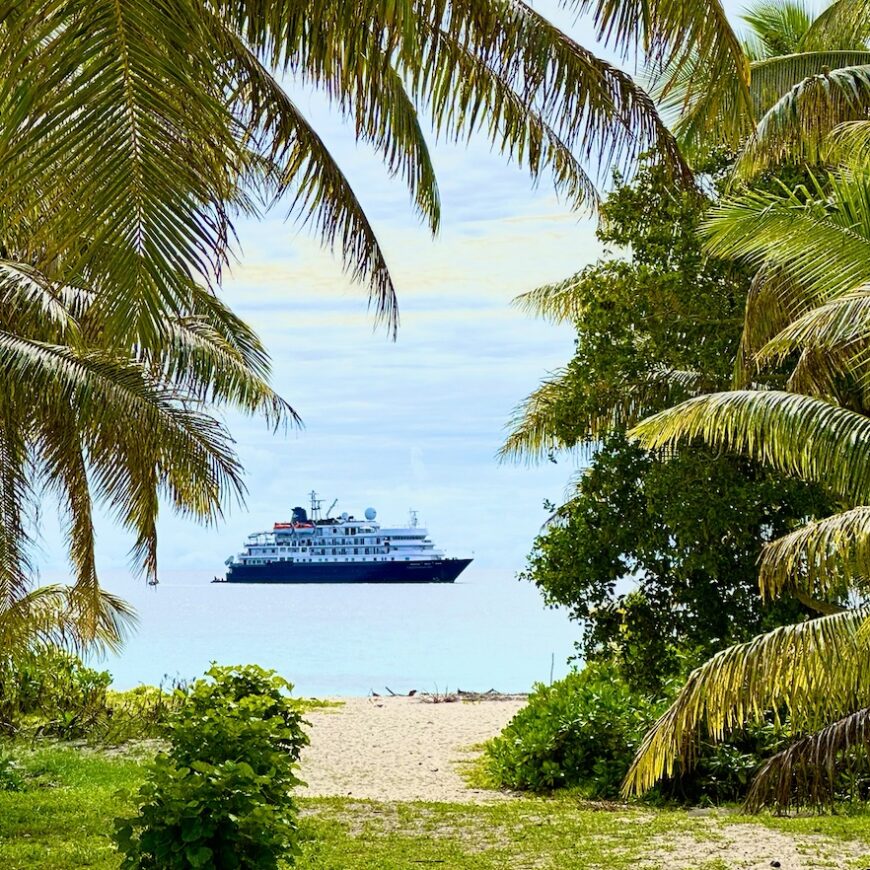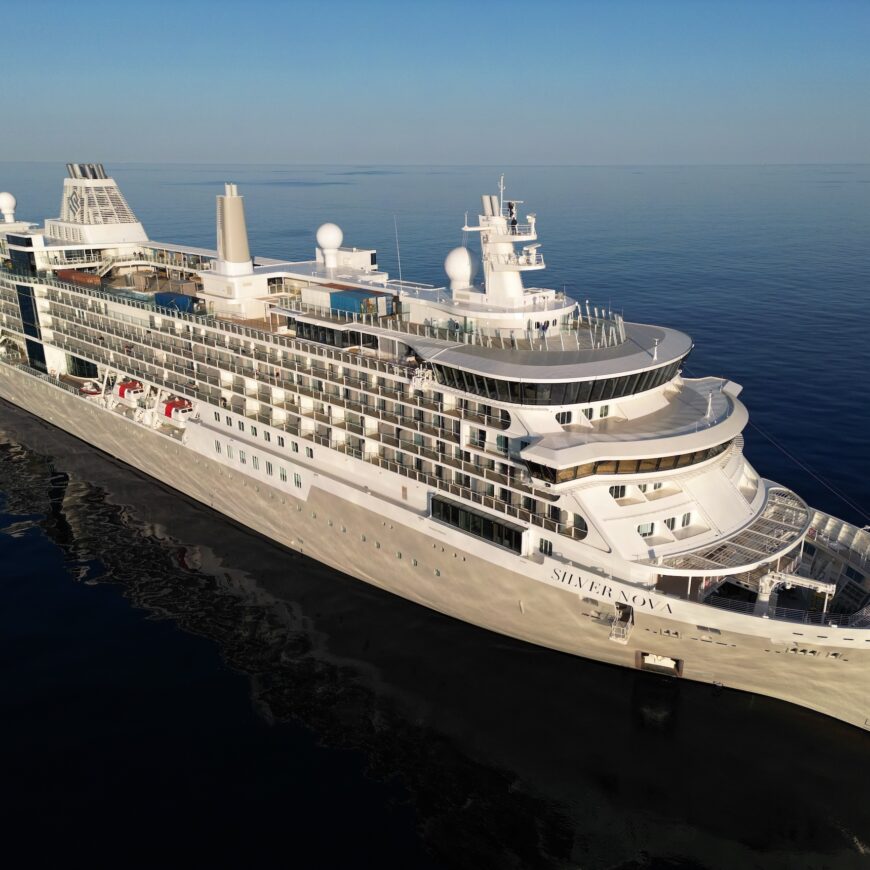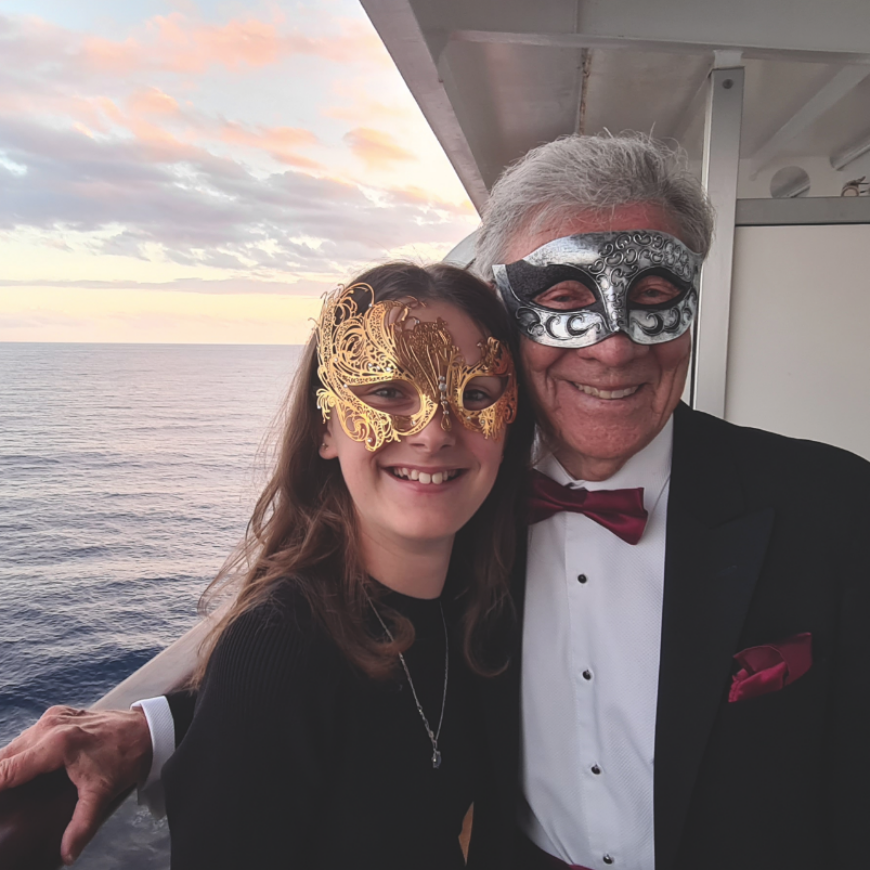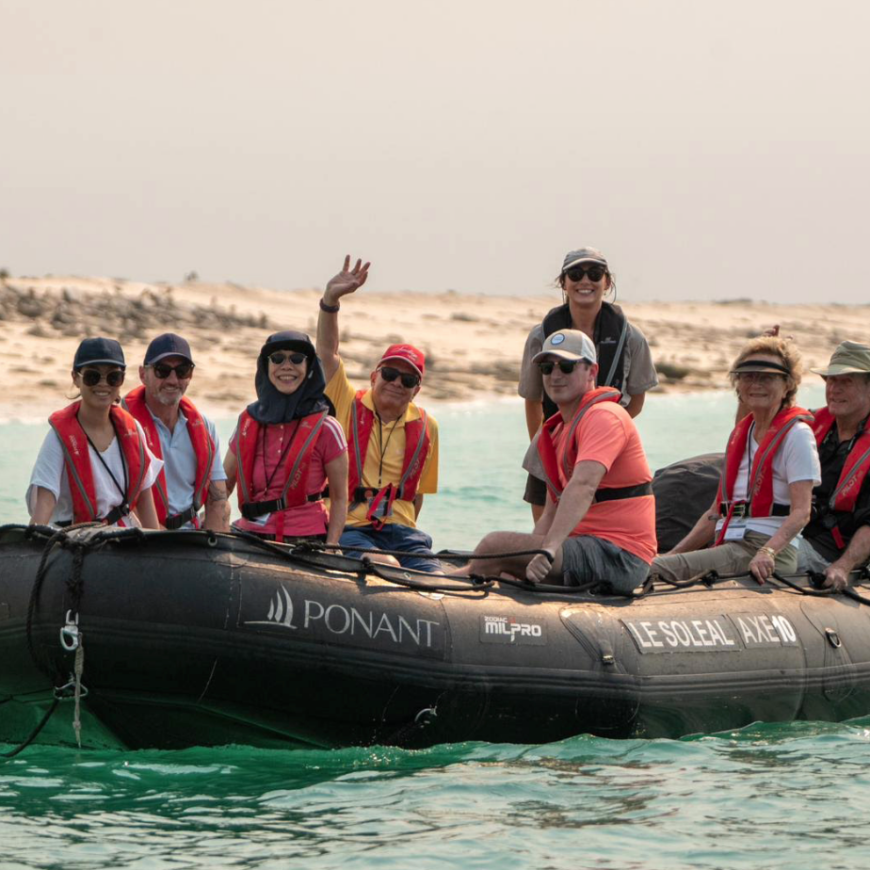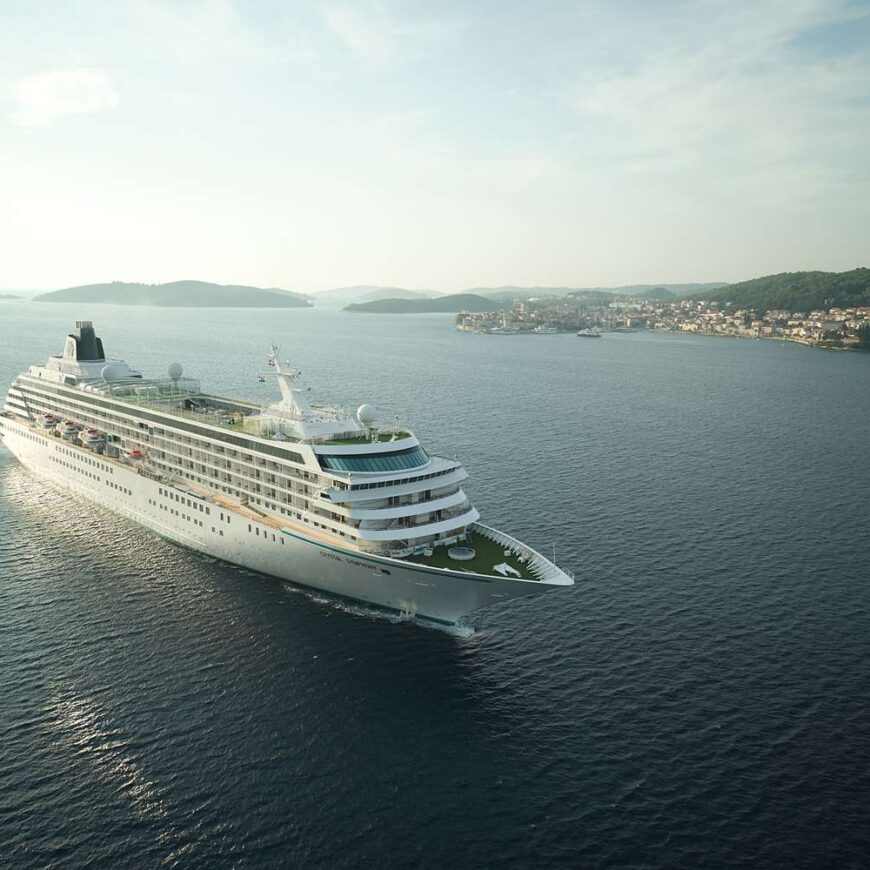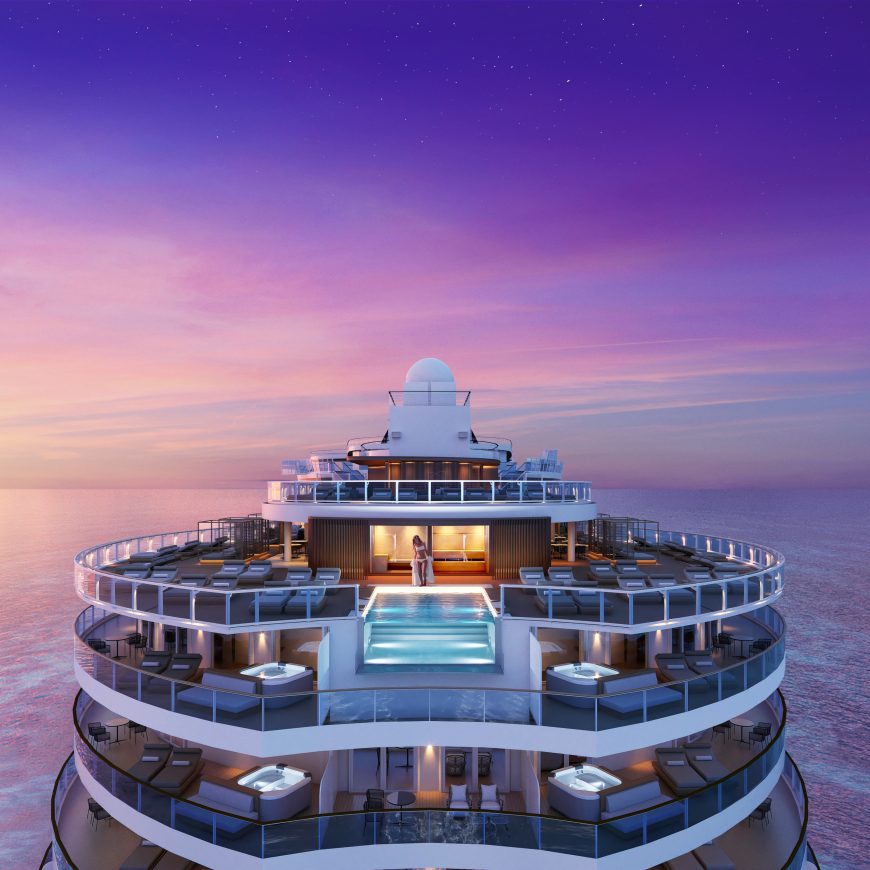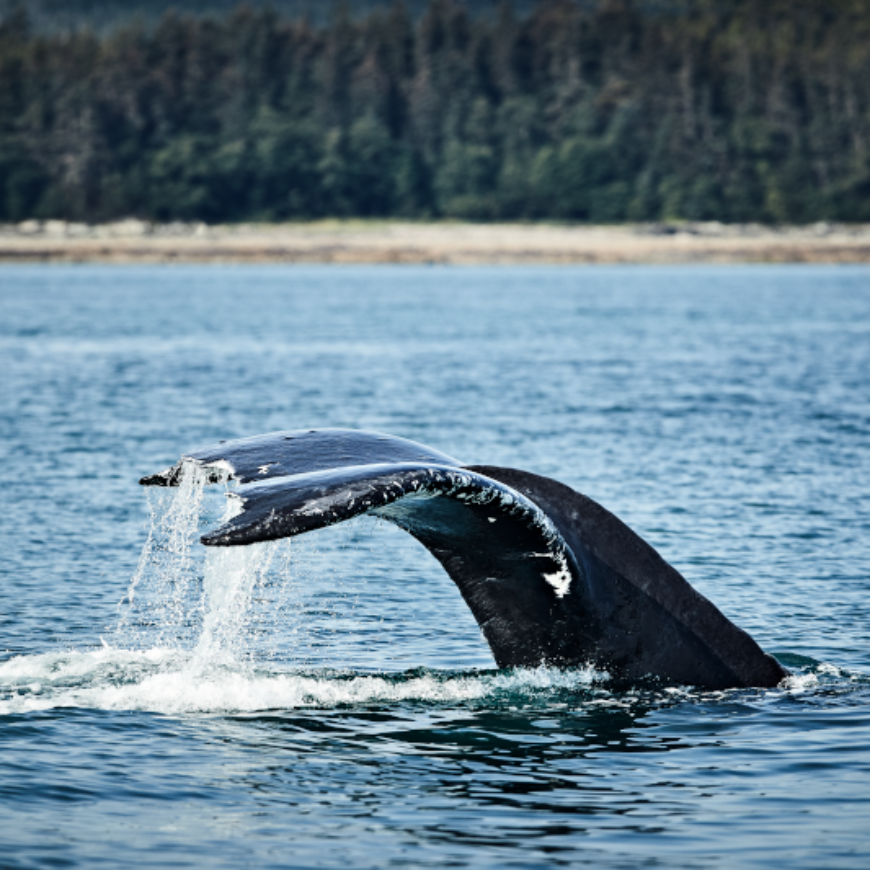Arctic explorations
ReviewsA high-Arctic wildlife smorgasbord awaits travellers to Spitsbergen. Our adventure cruise editor fills his plate to overflowing. Words & photos: Roderick Eime.
Over there on the iceberg: about 100 metres,” calls Judd Hill, our sea guide, in a loud whisper. “Where?!” I respond with less restraint and more volume. “There: he’s looking at us now,” Hill replies.
Normally, polar bear sightings on Svalbard are to be marvelled over, but bobbing on the misty bay in a bright plastic sea kayak, we must look like over-packaged fast food in floating takeaway containers. Our first line of defence is a loud flare gun; our next, a good whack with a paddle. On shore, guides are required to carry loaded rifles but in more than a decade of operation, Aurora’s expedition staff members have only ever fired two warning shots: a testament to good planning, careful observation and prompt action.
“If we sight a bear while we’re on land, our first call is to get everyone back on the Zodiacs while the guides monitor the animal,” says Sue Werner, deputy expedition leader (EL) and daughter of Aurora Expeditions co-founder, Margaret Werner. “If a curious animal approaches within 200 metres or so, we fire a flare with a loud bang, but of course we never land if a bear is sighted beforehand.”
Here in the high Arctic, we are firmly in the realm of the mighty polar bear, and our expedition, Aurora’s ‘Spitsbergen Odyssey’, is an outstanding success, with almost 20 sightings, including one of three mother bears and cubs feeding on the last morsels of a fin whale carcass. Cameras click furiously as the world’s largest terrestrial carnivore and her furry little first-season cub munch contentedly on putrefying flesh stripped from enormous bones lying half-submerged in the chilly water.
The wildlife catalogue extends to Arctic foxes, walruses, reindeer, seals and myriad seabirds that wheel and squeal overhead. Our ELs are chuffed at this unusual bounty because in these extreme climes, weather and sea conditions can conspire to thwart you at any turn.
“This has been a remarkable trip already,” says our Danish-born EL, Henrik Løvendahl. “We’ve never seen this many bears in a single trip before – and they’ve all been in pretty good condition.”
Spitsbergen (translated from Dutch for ‘sharp peaks’) is the largest island in the Svalbard archipelago, 660NM (1,220km) north across the Barents Sea from Norway. At the dizzying latitude of 80 degrees, Svalbard, by rights, should be encased in ice, but the warm Gulf Stream currents create an unusually temperate climate and summer air temperatures as high as 10° Celsius are possible. The landscape is bleak and rocky and characterised by vast glaciers, but embellished here and there with patches of rich green, thanks to bird droppings beneath the towering cliffs. Foxes scamper about feeding on the many chicks that topple from the crowded ledges. Bears also occasionally wander in when slippery bearded or ringed seals are scarce on the ice.
Our vessel, the 1,750-ton, 71-metre Polar Pioneer, may be at the smaller end of the world’s growing expedition fleet but she’s a tough little customer. Though not an icebreaker in the strictest sense of the word, she has sliced through light sheet ice beyond 81 degrees and bumped small ’bergs aside with ease. Built in Finland for Russia in 1985, she’s comfortable, capable and an ideal vessel for the task. Chefs Gray and Andy turn out hearty meals from the kitchen that easily satisfy our Arctic-enhanced appetites.
Shore excursions take place on average twice per day – sometimes three, if conditions allow. The 24-hour Arctic sunshine presents numerous opportunities and these are fully exploited by the expedition team. Unlike Antarctica, where you can roam almost at will, the Arctic has predators: passengers are kept in close groups in case a bear appears suddenly from a hidden position. You’ll get a sharp scolding too, as I did, from the academics on staff if you think of touching any of the historic artefacts, wildlife or vegetation – and with good reason. The governor’s men regularly patrol the islands, monitoring tour operators in this fragile and protected environment.
Apart from observing polar bears from a respectful distance, passengers can expect close-up visits to raucous seabird colonies, historic sites and malodorous walrus scrums. A minimum 30-metre buffer is strictly observed at animal sightings, but curious creatures regularly flout this rule. On one occasion, a pair of cavorting young walrus interrupts its marine hijinks to barrel up on the beach in front of us and check us over, almost from arm’s length. After eyeballing each of us, they calmly roll over and swim away to resume their frolicking.
Meanwhile, back in our slivers of kayaks, we note with relief that our bear has chosen to avoid us and take to the water. He quickly fades into the thick mist that hangs over the massive Samarin Glacier at the southern tip of the group, his black nose carving a delicate wake across the mirror-flat surface. Even so, our course now veers well away from his likely destination. Calmed slightly that a confrontation has been avoided, I am suddenly drawn to what sounds like an artillery barrage from within the gloom. “That’ll be the glacier face collapsing,” Hill advises calmly, “so let’s turn our kayaks around to face the wave.”
Crikey! What next?
Highs
Superbly run expedition with excursions; expert staff and crew;
stunning scenery and memorable wildlife encounters.
Lows
Scandinavia is generally expensive eg, pints of beer that cost $10;
the sea kayaking option presents a price barrier.
Did You Know?
Spitsbergen was first named by Dutch whalers led by Willem Barents in 1596 but now, governed by Norway, the entire group is referred to as Svalbard (meaning ‘cold coasts’) to reinforce the first mention of these parts in 12th-century Icelandic texts in reference to a possible Viking exploration.
Australian pioneer aviator and adventurer George Hubert Wilkins landed just 40 kilometres west of Longyearbyen after his history-making 3,350-kilometre flight from Barrow Point, Alaska in 1928. This feat secured his knighthood. Wilkins returned to Spitsbergen in 1931 to launch a submarine attempt on the North Pole.
Extend your experience:
Arctic Sea Kayaking
This novel option will allow anyone with basic skills in kayaking to further appreciate the special Arctic environment without the noise of a Zodiac engine. Al Bakker’s Southern Sea Ventures supplies all equipment and guides on Aurora voyages for which this option is offered.
The modern, heavy-duty plastic twin and single kayaks are robust and stable. Every paddler wears an ankle-to-wrist-to-neck dry suit, life vest, rubber skirt, waterproof gloves and boots. Experienced guides will assist you with use of equipment, paddling techniques and safety procedures, ensuring a safe and rewarding experience. For details, visit www.southernseaventures.com.
FACT FIILE
- Vessel: Polar Pioneer
- Entered service: 1985; refurbished 2000
- Star rating: Not rated
- Length: 71.6m
- Width: 12.8m
- Draft: 4.5m
- GRT: 1,753 tons
- Cruising Speed: 10 knots
- Max passenger capacity: 54, in 29 cabins across 5 grades
- Crew: 35
- Features: Open bridge, dining rooms, bar/library, lecture theatre, sauna, staffed medical clinic, Zodiac fleet.
Want to know more?
Call Aurora Expeditions on 02 9252 1033 or visit www.auroraexpeditions.com.au.
Thai Airways flies from Australia to Bangkok with non-stop connections to 13 major cities in Europe, including Copenhagen, Oslo and Stockholm. Contact your travel agent for the latest special offers and promotions or log on to www.thaiairways.com.au.
Connect to Longyearbyen with Scandinavian Air Services (SAS), www.flysas.com/en.


